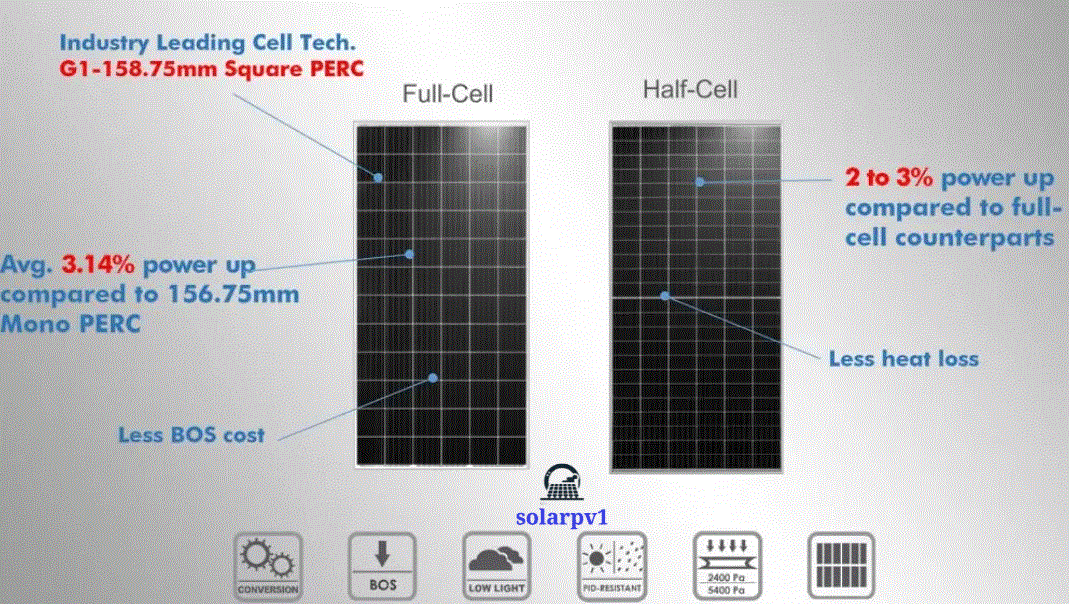Understanding Half-Cut Solar Panel Technology
Solar energy has gained significant popularity in recent years as a renewable and sustainable source of power. As technology continues to advance, new innovations are constantly being introduced to enhance the efficiency and effectiveness of solar panels. One such innovation is the implementation of half-cut technology in solar panels.
What is Half-Cut Solar Technology?
Half-cut technology refers to the design and construction of solar panels by dividing the solar cells into two halves. Instead of a single large solar cell, the panel consists of multiple smaller cells that are connected in series. Each of these smaller cells is then cut in half, hence the name “half-cut” technology.

The half-cut design is aimed at increasing the overall performance and efficiency of solar panels. By splitting the solar cells into smaller sections, the electrical current produced by each cell is reduced, resulting in a decrease in resistive losses. This allows for a more efficient conversion of sunlight into usable electricity.
How Does Half-Cut Technology Work?
- Half-cut technology works by dividing the solar cells into two halves and then connecting them in series. This series connection allows the current to flow through both halves of the cell, effectively doubling the voltage output. The increased voltage helps to minimize energy losses and improve the overall performance of the solar panel.
- Additionally, the half-cut design helps to mitigate the effects of shading. When a solar panel is partially shaded, the shaded area experiences a decrease in current production, which can significantly impact the overall output of the panel. However, with half-cut technology, the shaded area affects only a portion of the solar cells, while the remaining cells continue to produce electricity at their maximum capacity. This ensures that the solar panel continues to generate power even under partially shaded conditions.
- Another advantage of half-cut technology is its ability to reduce the impact of temperature-induced losses. Solar panels are known to experience a decrease in efficiency as their temperature increases. By dividing the solar cells into smaller sections, the heat dissipation is improved, allowing the panel to operate at a lower temperature and maintain a higher level of efficiency.
Benefits of Half-Cut Technology
Implementing half-cut technology in solar panels offers several benefits:
- Improved Efficiency: The division of solar cells into smaller sections reduces resistive losses and increases overall efficiency.
- Enhanced Shading Tolerance: Partial shading has a reduced impact on the overall output of the panel, ensuring consistent power generation.
- Reduced Temperature-Induced Losses: The smaller cell sections improve heat dissipation, allowing the panel to operate at lower temperatures and maintain higher efficiency.
- Increased Durability: The half-cut design reduces the stress on individual cells, making the panel more resistant to cracking and damage.
- Higher Power Output: The series connection of the half-cut cells increases the voltage output, resulting in a higher power output from the solar panel.
Final Thoughts
Half-cut technology is an innovative approach to improving the performance and efficiency of solar panels. By dividing solar cells into smaller sections and connecting them in series, half-cut technology offers numerous advantages, including improved efficiency, enhanced shading tolerance, reduced temperature-induced losses, increased durability, and higher power output. As the demand for renewable energy continues to grow, the implementation of such advancements will play a crucial role in maximizing the potential of solar power generation.
